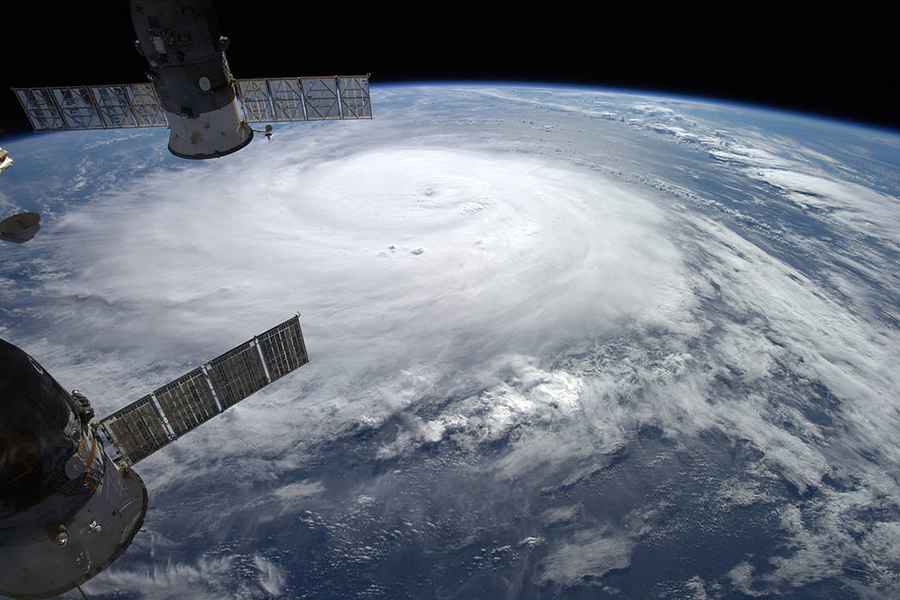
On the eve of every hurricane season, climatologists around the world offer their studied prognostications: Will we see high activity? Low activity? How will ocean temperature affect storm development? What are the chances of a powerful storm making landfall?
Scientists have leveraged improved climate models to simulate tropical cyclone behavior with an ever-increasing degree of accuracy, but basic modeling errors continue to limit the reliability of their forecasts.
Now, researchers from Florida State University, Columbia University and the University of Washington are working with the National Oceanic and Atmospheric Administration to root out those nagging errors. With the support of a $500,000 grant from the NOAA Research, Modeling, Analysis, Predictions and Projections Program (MAPP), the team will develop diagnostic tools to identify the hidden biases that compromise high-powered climate models.

“This project, which will provide knowledge that can be used to improve the next generation of climate models, fits well with NOAA’s long-term goals given the large impacts of tropical cyclones in the U.S. and the importance of making robust projections of future tropical cyclone activity,” said Allison Wing, an assistant professor in FSU’s Department of Earth, Ocean and Atmospheric Science.
Even the most sophisticated and optimized tropical cyclone modeling strategies can be vulnerable to process-level errors. One common bias among low-resolution models, Wing said, is their tendency to underestimate the amount of tropical cyclones that occur around the world. Even many high-resolution models, she said, have trouble simulating intense storms that develop into category four or five hurricanes.
“Going to higher resolution models improves some of these biases but doesn’t solve everything,” Wing said. “Without an accurate simulation of tropical cyclones in the present day, there is uncertainty in relying on climate models for future projections of tropical cyclone activity.”
Wing and her team, led by University of Washington researcher Daehyun Kim, began devising their suite of tropical cyclone modeling diagnostics in a previous MAPP-funded project. The diagnostics help identify errors in the ways climate models simulate moisture, clouds and convection — the circulation of warm air.
This latest grant will help the researchers take their tools to the next level.
Using existing long-term satellite observations and detailed analyses of tropical cyclones, the team will produce a “reference” version of their diagnostics. This will allow researchers to better compare observed tropical cyclone behavior to model simulations.
The team will also use their tools to examine biases in the most recent Coupled Model Intercomparison Project (CMIP6), a large aggregation of leading climate models from around the world. While the team has worked with individual model simulations in the past, they have never had access to a collection of models this substantial.
Ultimately, Wing and her colleagues are aiming to develop a diagnostic framework for remedying the complicated errors that undermine climate model reliability.
“We hope to successfully develop and implement these ‘process-oriented’ diagnostics to identify the source of climate model biases in tropical cyclone simulation and provide pathways toward model improvement,” Wing said. “In addition to model improvements, we hope to gain a better understanding of tropical cyclone formation and intensification.”



